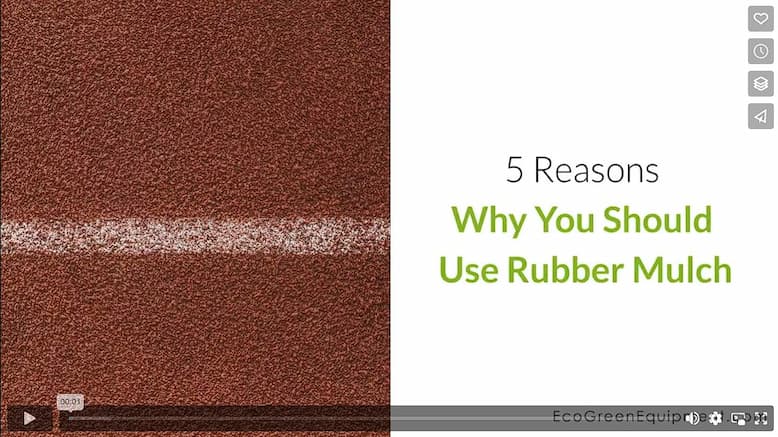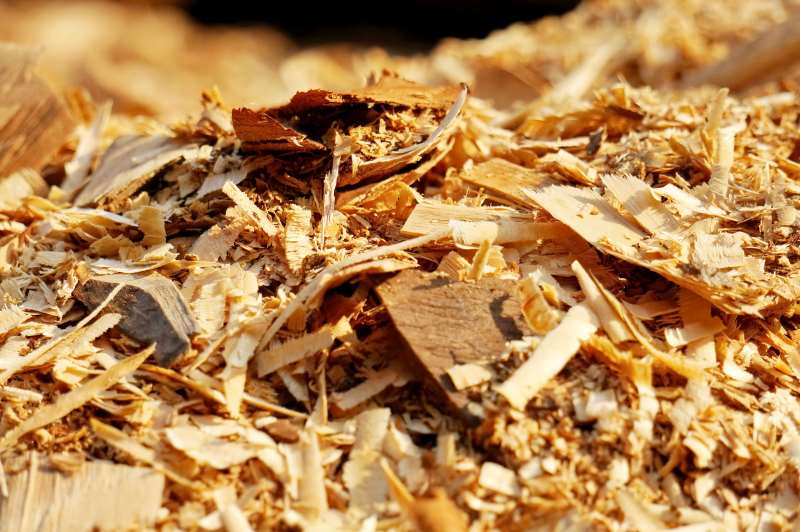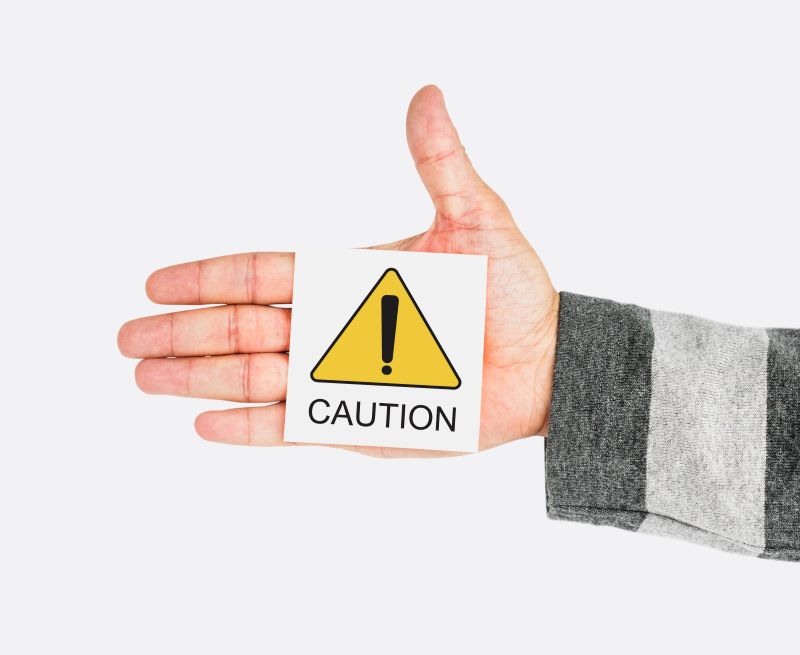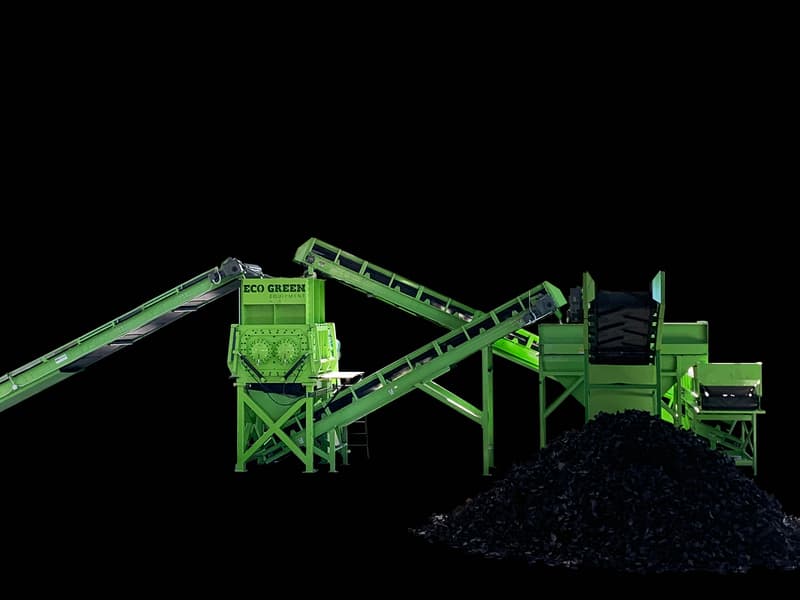Mulch has been used for many decades in gardens and flower beds. Usually manufactured from organic material such as bark and wood, mulch helps to hold in soil moisture, protect plants from extremes in temperature, and prevent weeds from germinating in the soil. Unfortunately, traditional wood mulch breaks down over time and needs to be topped off every year or two. If you have ever helped add mulch to planter beds, you know that this regular maintenance can be quite a chore, and it always requires more mulch than you think it will. While wood mulch is relatively inexpensive and readily available, it doesn’t last long.
The first record of recycled tires being used as a substitute for traditional ground cover materials did not appear until 1991. A report issued by the Environmental Protection Agency (EPA) referred to scrap tires as a “playground gravel substitute.” Over the next decade, advances in tire recycling technology and equipment made the fabrication of wire-free rubber mulch more fruitful and profitable for recycling companies. Today, rubber mulch is more available than ever for use in planters, playgrounds, and gardens. The benefits of using this new material are appealing.
1. Durable
Homeowners need to replace wood mulch regularly because it is a biodegradable product. The small wood chips absorb water when it rains, endure the sun’s heat, and suffer the freeze-thaw cycle in the bitter cold of winter. All these elements combine to break apart the wood until it eventually becomes indistinguishable from the underlying soil.
Rubber mulch is not biodegradable. It is the end product of a waste tire recycling plant. These recyclers take whole tires that would otherwise sit in a landfill for decades and process them into clean chips of wire-free rubber. The rubber from car and truck tires is made to endure harsh conditions, and most producers say their product will last 10 or more years without needing to be replaced or refreshed.
2. Low Maintenance
In addition to being non-biodegradable, rubber mulch is heavy. It weighs more than wood mulch. It will not wash down the sidewalk even after a heavy rainstorm, the way that wood mulch is prone to do. Because you never have to replace it or add to it, you don’t have to keep buying mulch for your yard year after year. While it may cost more upfront to install, this mulch type is a one-time purchase, which reduces the long-term cost to you for attractive ground cover.
3. Promotes Plant Growth
Rubber and water don’t mix. The mulch produced from recycled tires allows water to pass through straight to the soil below. All the water and nutrients that fall on it pass directly through fortifying the soil for plants and flowers. None of it gets absorbed by the mulch itself, as happens with wood mulch.
Because it doesn’t absorb water, rubber mulch inhibits the growth of unwanted weeds and fungus that can harm plants. Weed seeds need a moist environment in which to germinate. The rubber mulch’s dry environment causes the seeds to dry out and die before they have a chance to germinate. It also requires less mulch to keep weeds from taking root. While you might need a three inch layer of wood mulch, an inch and a half of rubber mulch will do the same job. Mold and other funguses also require a high moisture level to thrive and don’t get that in rubber mulch beds.
4. Environmentally Friendly
First and foremost, rubber mulch cuts down our dependence on wood for landscaping. While wood mulch suppliers strive to use sustainable methods to produce their products, harvesting trees is a necessary part of the process. Rubber mulch does not use any trees. Instead, rubber mulch is produced entirely by recycling a toxic waste product. By using a recycled product instead of a new product, you contribute to the waste tire solution.
Landscapers that use rubber mulch can earn points through the Leadership in Energy and Environmental Design (LEED) program. Under the Green Building Rating Program’s oversight, the goal of this program is to encourage and reward sustainable building practices. A higher LEED rating on a building project is attractive to potential tenants and may offer tax incentives to builders and landscapers that choose to pursue these building practices.
5. Fewer Insects
Wood destroying insects like termites and carpenter ants are drawn to dead wood, making wood mulch attractive to them. There is no draw for these insects in planter beds full of rubber chips. Keeping these bugs away from planter beds around your home’s perimeter can help protect your home from insect damage. It also reduces the need to spray chemical insecticides around your yard to keep these pests at bay.
Landscaping your yard with rubber mulch can be a win-win. Your plants will thrive, you will have less yardwork pulling weeds and adding mulch every year, and you will be helping keep waste tires from polluting the environment. It is an ingenious solution to a massive problem.
Video





